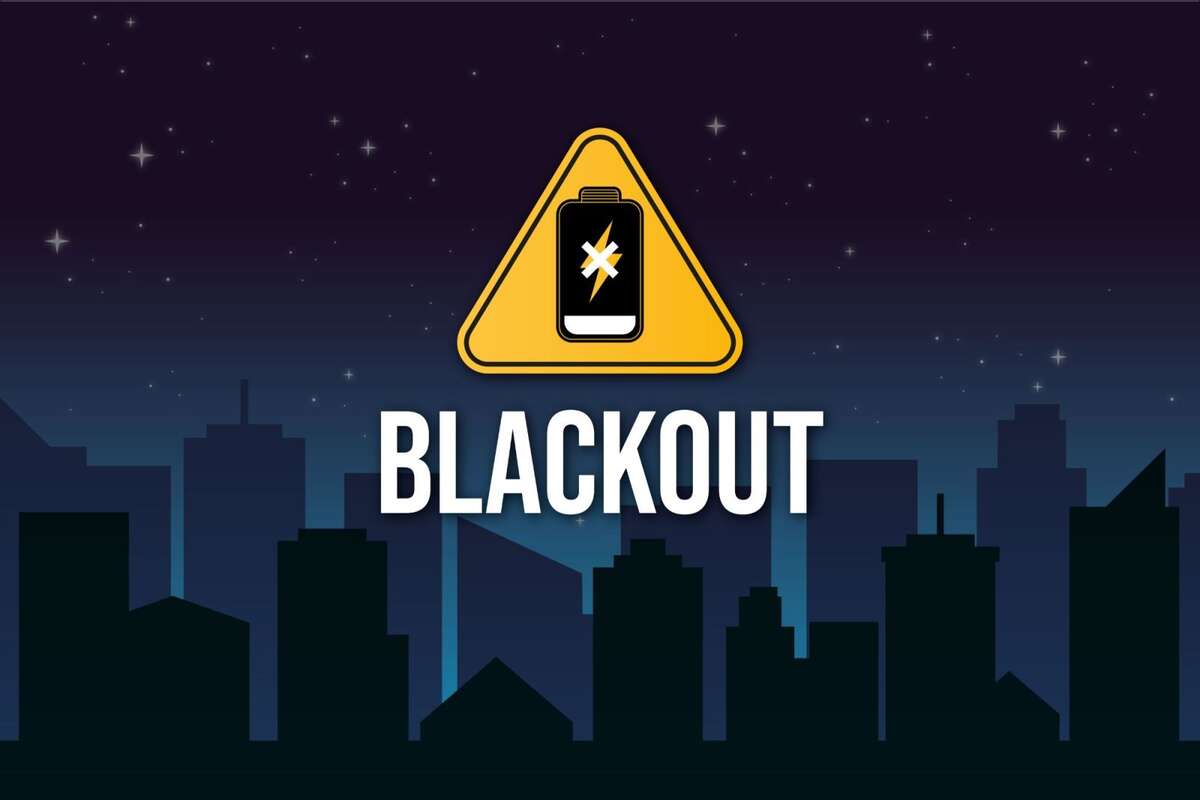A🧡443-word💚3-minute💙read
Heatmap published a fascinating article on the possible causes of the recent Iberian Peninsula blackout. Early signs point to the large percentage of renewables as a contributing factor.
Expect anti-renewable forces to jump on the blackout as they did with the Texas winter storm Uri blackout. Except that the Texas blackout was caused by natural gas assets freezing, and, for now, the cause of the Iberian blackout remains unknown.
Interestingly, similarities exist between the Texas and Iberian Peninsula grids. Both have a high percentage of renewables, and both are “island” grids, not closely tied to external grid infrastructures.
But what I found most fascinating about the article wasn’t the blackout’s possible cause. It was the technical differences between renewable and traditional power generation.
It’s about inertia and its relationship to grid frequency.
Think of frequency as a state of equilibrium that the grid must maintain. When a power source fails, an imbalance between supply and demand occurs. This in turn causes frequency to drop. Inertia provides a “buffer” that compensates for changes in frequency.
Here’s the thing: inertia is “created” from the spinning metal inherent in fossil-fuel powered generators. Conversely, solar has no moving parts. It relies on inverters to convert direct current (DC) to grid matching alternating current (AC).
In the Iberian instance, the level of solar power dropped significantly at the start of the blackout. The supply drop, coupled with a lack of compensating inertia may have caused the blackout.
Inertia is not a new issue to the utility industry. The article noted that Texas grid operator ERCOT has monitored inertia since 2013. And technical solutions exist to compensate for the lack of inertia inherent with inverters.
Current inverter technology is “grid following” versus “grid forming.” Grid following means that if the grid is producing at 60 Hertz inverters produce power at 60 Hertz. If the grid drops to 59.9 Hertz, inverters try to follow. This, it was pointed out, works with low levels of renewables, but becomes problematic as the percentage of renewables grows.
Grid-forming inverters can “hold” back some power to mimic an inertia-like boost. However, the only grid that employs this type of inverter is on the Hawaiian island of Kauai. Kauai’s population is 75,000. Spain’s is 48+ million.
The other -and more likely – solution is battery storage. Yet another reason why storage is absolutely essential to the expansion of renewables.
The point is that transitioning the grid isn’t as simple as replacing fossil fuels with renewables. We need a greater focus not just to ensure adequate transmission capacity, but on properly upgrading the infrastructure to compensate for the technical differences between renewable and traditional generation.
#solarenergy #blackout #electricgrid #renewables










